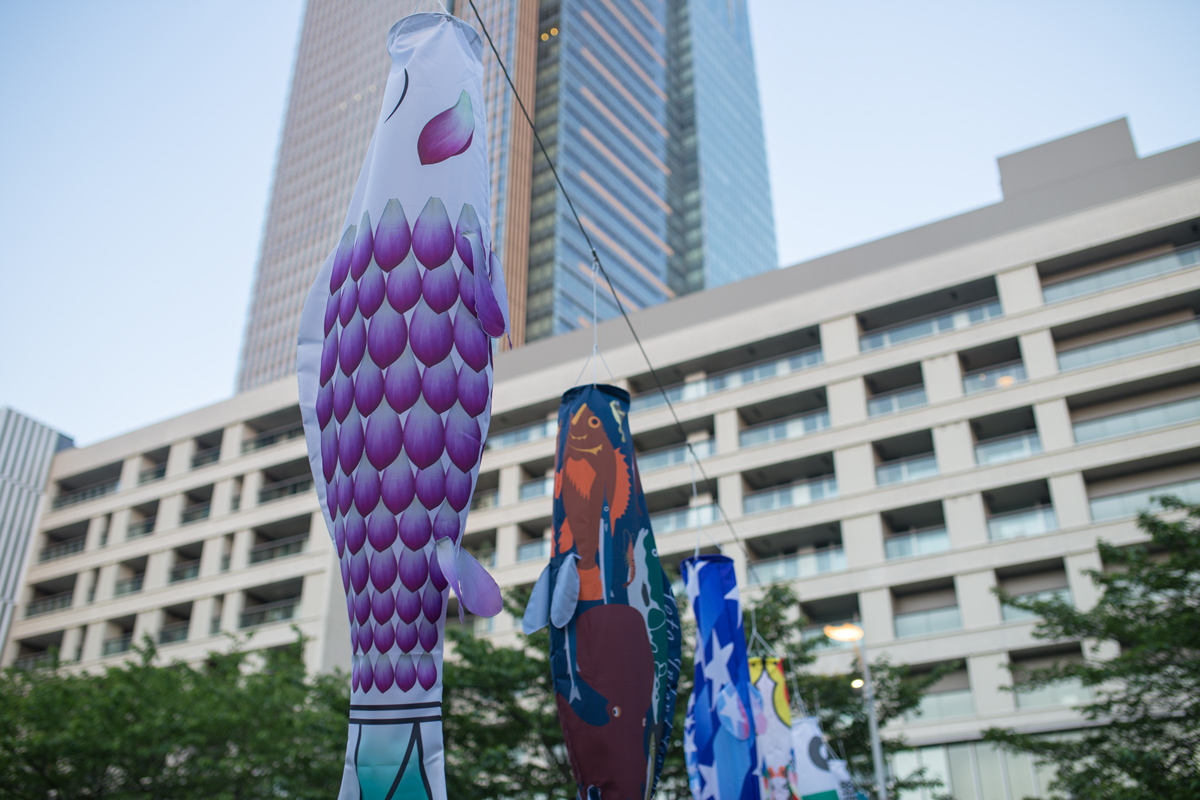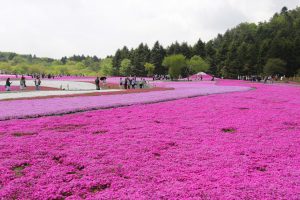It’s Children’s Day here in Japan.
The Children’s Day is called Kodomo no Hi in Japanese, a day to celebrate children (mainly are boys) happiness. During the Golden Week to the Children’s Day, many places in Japan hang Koinobori or carp banners. Family with young boys also hang Koinobori on their house/apartment balcony as a symbol of happiness. A usual set of Koinobori consist of black, red and colourful carp banners. This Koinobori set represents a family (in a traditional meaning).
The black carp, the largest Koinobori, represents the father, red the mother and the rest are the children. For the sake of decoration and beauty, many places only display same size of carp banners. The carp banners look nicer when they are hung together at the same size.
There are not many places in Tokyo that hang more than 200 Koinobori. One of the popular Koinobori spots is Tokyo Tower. A total of 333 carp banners are displayed at the entrance gate of Tokyo Tower. The number of Koinobori represents the height of Tokyo Tower, 333 metres.
For photography enthusiasts, other than the number of Koinobori wind is the most important thing in taking great pictures. Without the wind the Koinobori lose their charm, hanging there like clothes waiting to dry. The Koinobori turns to live when the wind blows, resembling fishes swimming in the ocean.
This year Tokyo Tower hang one different fish: sanmanobori or macarel banner. Macarel banner had never been used as koinobori before because koinobori means carp (koi) banner. The Sanmanobori represented Ofunato city which severely affected by the earthquake in 2011. It was hung to show sympathy and support to the Ofunato city. We initially couldn’t find this Sanmanobori until the wind blew only then we could spot out one fish banner was different.
Other place that we checked out for koinobori was Tokyo Midtown Park. Here there were not as many koinobori as at Tokyo Tower. However, unlike common Koinobori pattern, those hang at Tokyo Midtown Park were more like art.
Thanks for reading.











